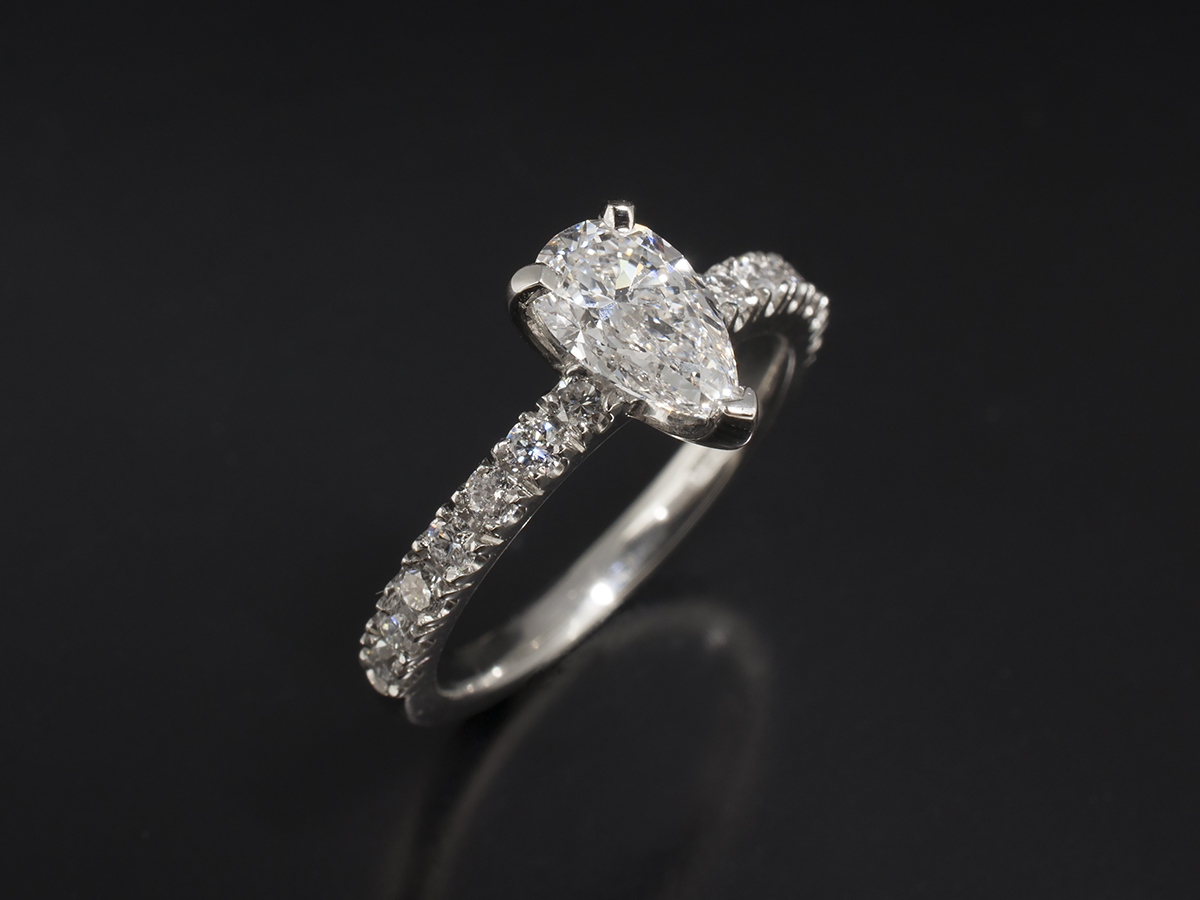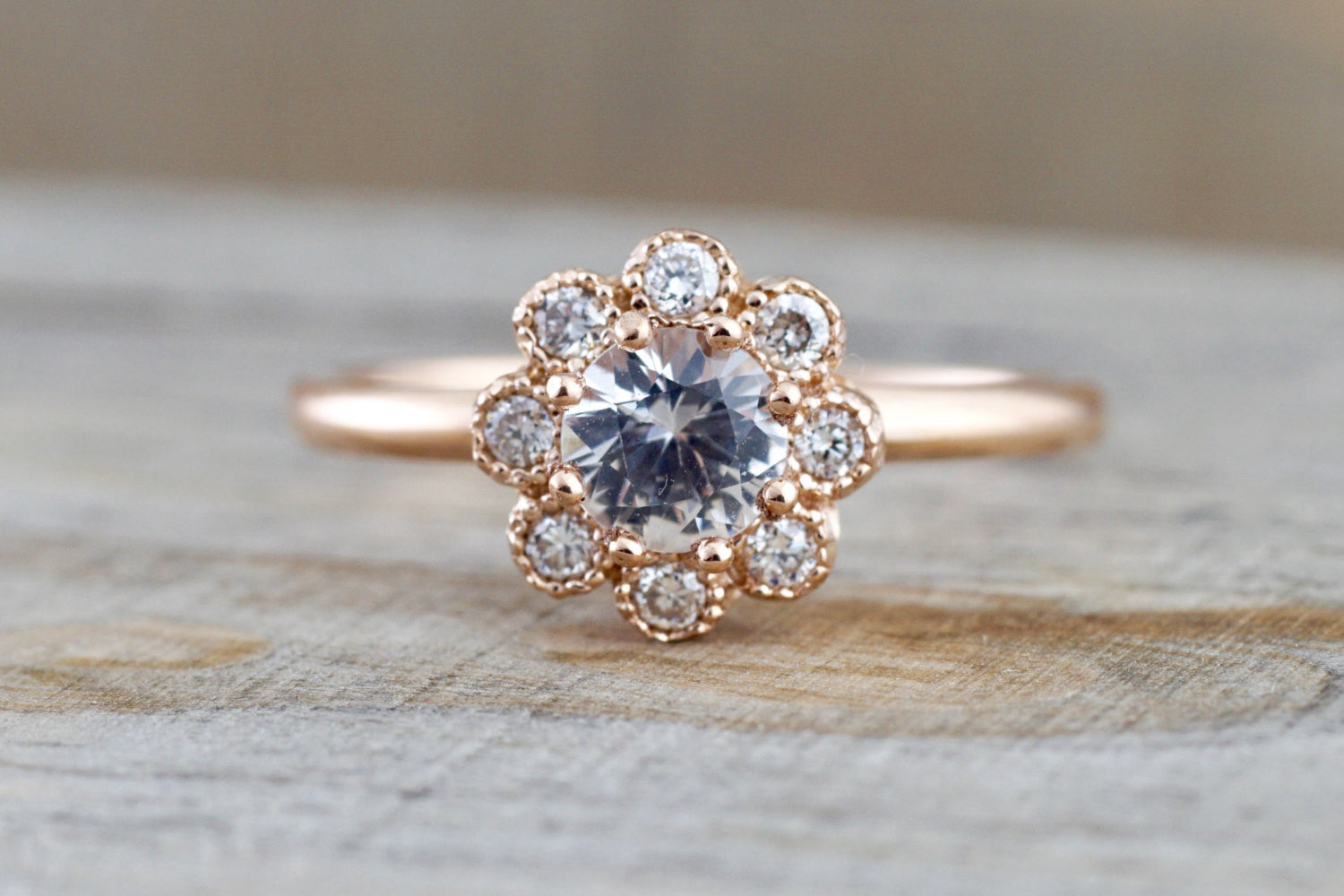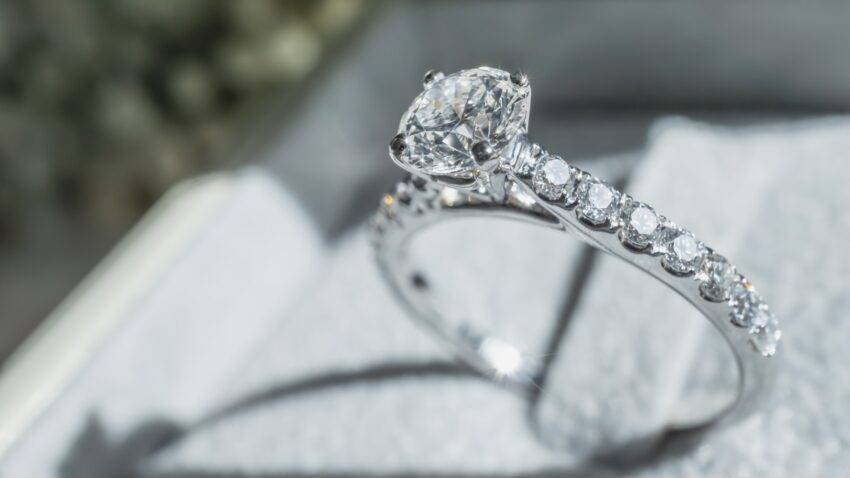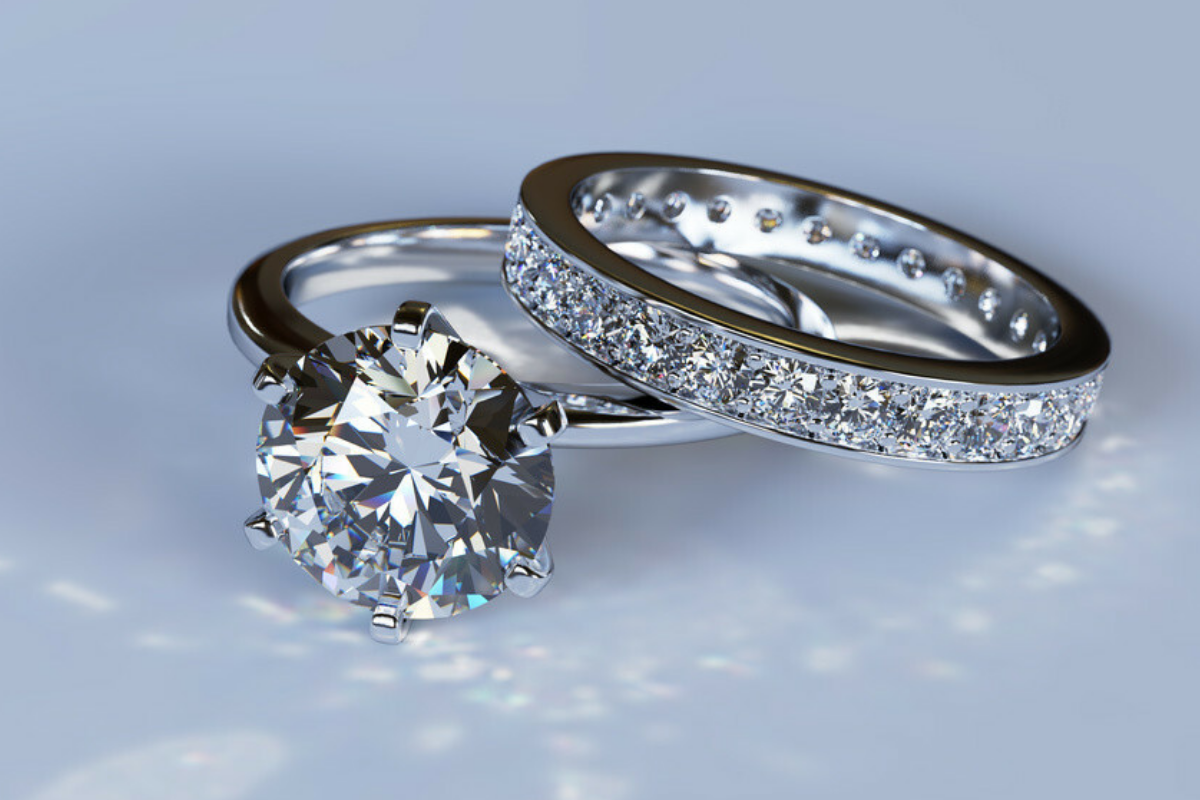When it comes to choosing a stunning piece of jewelry, diamonds have long been the go-to gemstone for many. However, moissanite has emerged as a popular alternative, offering a striking resemblance to diamonds at a fraction of the cost. In this article, we will delve into the differences between diamonds and moissanites, examining their origins, physical properties, durability, price, and overall value. By the end of this comprehensive guide, you’ll have a clear understanding of which gemstone suits your needs and preferences best.
What Are Diamonds?
Origin and Formation
Diamonds are naturally occurring gemstones formed over billions of years under extreme heat and pressure within the Earth’s mantle. Composed entirely of carbon atoms arranged in a crystal lattice, diamonds are renowned for their exceptional hardness and brilliance. They are mined from various locations around the world, including Russia, Canada, Australia, and Africa.
Physical Properties
- Hardness: Diamonds are the hardest known natural material, rating a 10 on the Mohs scale.
- Brilliance: Due to their high refractive index, diamonds exhibit incredible brilliance and fire.
- Color and Clarity: Diamonds come in various colors, though the most valued are colorless. They also range in clarity, from flawless to having visible inclusions.
What Are Moissanites?
Origin and Formation
Moissanite is a gemstone originally discovered by French chemist Henri Moissan in 1893 in a meteor crater. Natural moissanite is extremely rare, so the moissanite used in jewelry is typically lab-created. It consists of silicon carbide and is known for its striking similarity to diamonds.
Physical Properties
- Hardness: Moissanite is also very hard, scoring 9.25 on the Mohs scale.
- Brilliance: Moissanite has a higher refractive index than diamond, giving it exceptional brilliance and fire.
- Color and Clarity: Lab-created moissanites are usually colorless or near-colorless and often have fewer inclusions compared to natural diamonds.
Durability and Longevity
Both diamonds and moissanites are durable gemstones suitable for daily wear. However, there are slight differences:
- Diamonds: As the hardest natural substance, diamonds are highly resistant to scratching and can withstand the rigors of everyday activities.
- Moissanites: While slightly softer than diamonds, moissanites are still very durable and resistant to scratching. They are also less prone to chipping compared to other gemstones like sapphires or rubies.
Brilliance and Fire
One of the key differences between diamonds and moissanites is their brilliance and fire:
- Diamonds: Known for their classic brilliance and subtle fire, diamonds have a refractive index of 2.42.
- Moissanites: With a refractive index of 2.65, moissanites exhibit more fire and a different type of brilliance, often described as a rainbow-like sparkle.
Price and Value
The cost of diamonds and moissanites can vary significantly:
- Diamonds: The price of a diamond is influenced by the four Cs: carat, cut, color, and clarity. Natural diamonds are significantly more expensive than moissanites, especially at higher carat weights.
- Moissanites: Moissanites are more affordable than diamonds. Their price is typically a fraction of that of a diamond of comparable size and quality, making them an attractive option for budget-conscious buyers.
Ethical and Environmental Considerations
Ethical and environmental factors are increasingly important to consumers:
- Diamonds: Diamond mining can have significant environmental impacts and raise ethical concerns, particularly with conflict or “blood” diamonds. However lab grown diamonds, certified conflict-free diamonds are available.
- Moissanites: As lab-created gemstones, moissanites have a smaller environmental footprint and do not involve the same ethical issues as mined diamonds. They are an eco-friendly alternative for conscientious consumers.
Aesthetics and Personal Preference
Ultimately, the choice between diamonds and moissanites comes down to personal preference:
- Diamonds: Many people choose diamonds for their timeless appeal, traditional value, and status as a symbol of enduring love.
- Moissanites: Others prefer moissanites for their unique brilliance, ethical production, and cost-effectiveness. They are particularly appealing to those who want a dazzling gemstone without the high price tag of a diamond.
Making the Right Choice
When deciding between a diamond and a moissanite, consider the following factors:
- Budget: Determine how much you are willing to spend. Moissanites offer significant savings compared to diamonds.
- Durability: Both gemstones are durable, but diamonds are slightly harder. Consider your lifestyle and how often you plan to wear the jewelry.
- Brilliance: Decide whether you prefer the classic sparkle of a diamond or the intense fire of a moissanite.
- Ethical Concerns: If environmental impact and ethical sourcing are important to you, moissanites may be the better choice.
- Personal Preference: Consider which gemstone resonates more with your personal style and values.
Conclusion
Both diamond vs moissanites have their own unique advantages and can make stunning pieces of jewelry. Diamonds offer unparalleled hardness and timeless appeal, while moissanites provide exceptional brilliance and ethical advantages at a lower cost. By understanding the differences between these two gemstones, you can make an informed decision that aligns with your budget, values, and aesthetic preferences.




